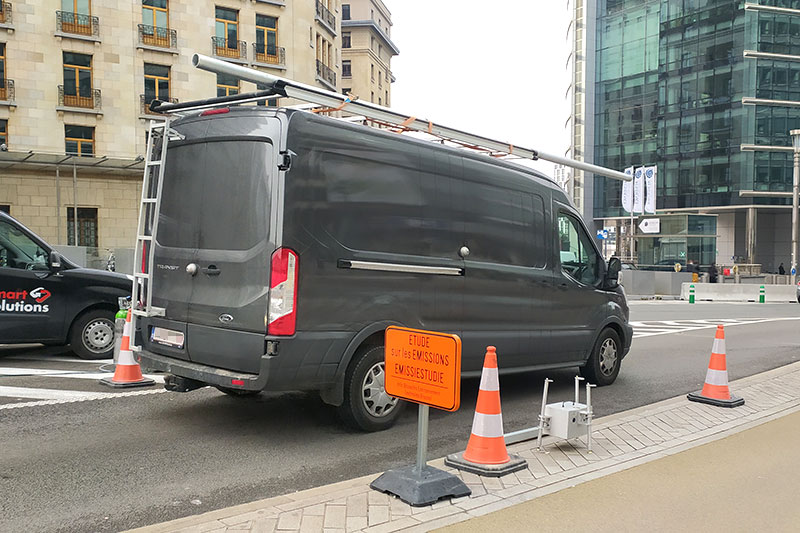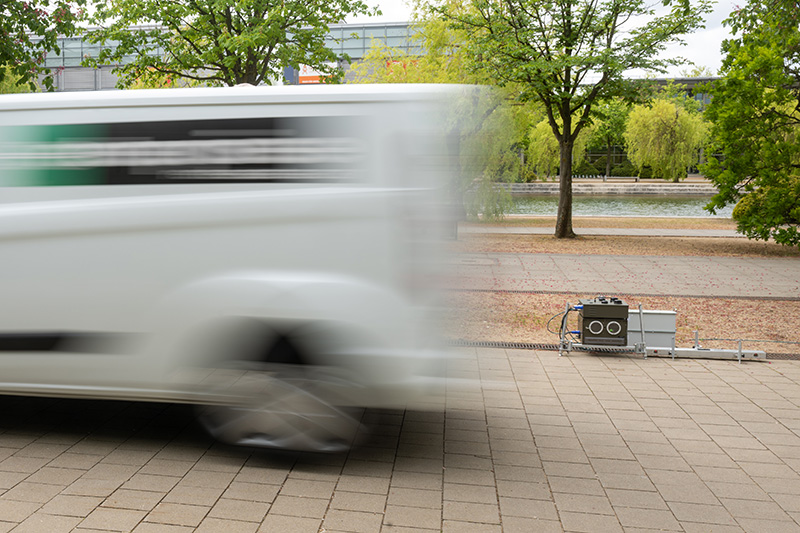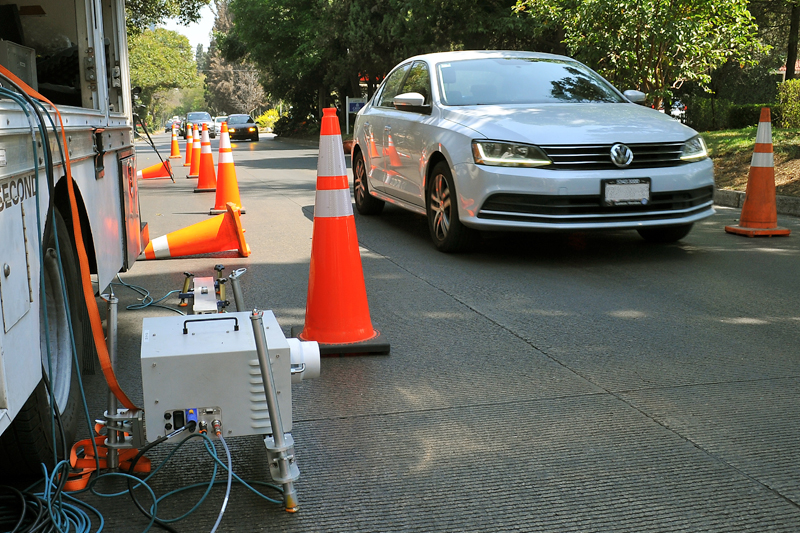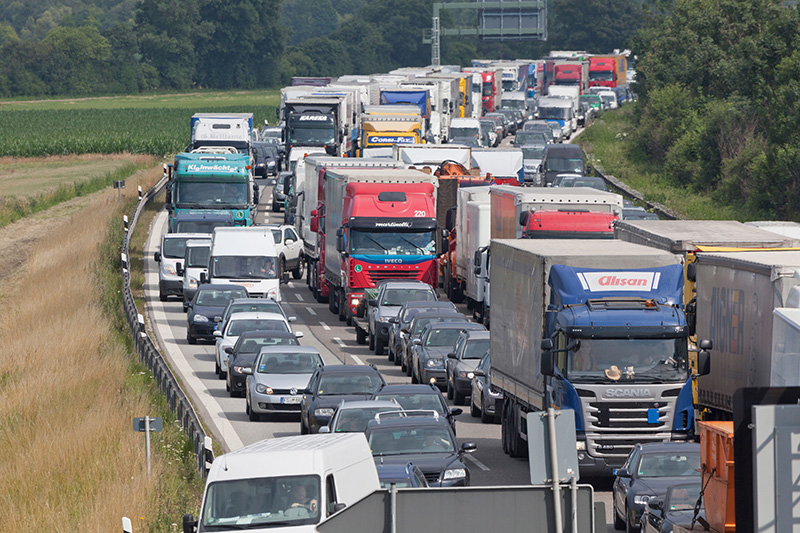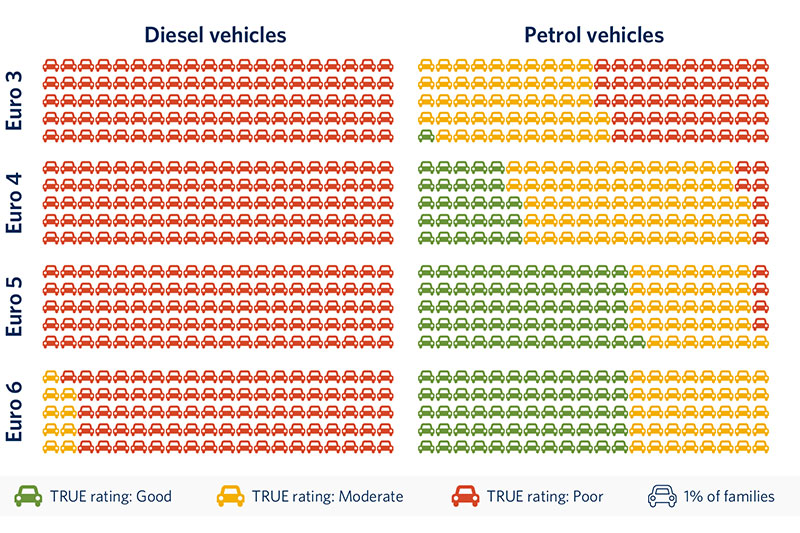London bears heavy health burden of diesel vehicles
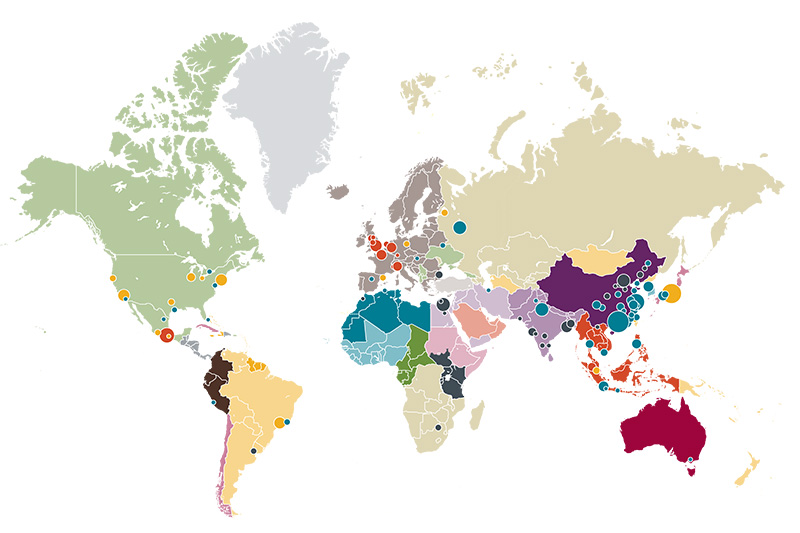
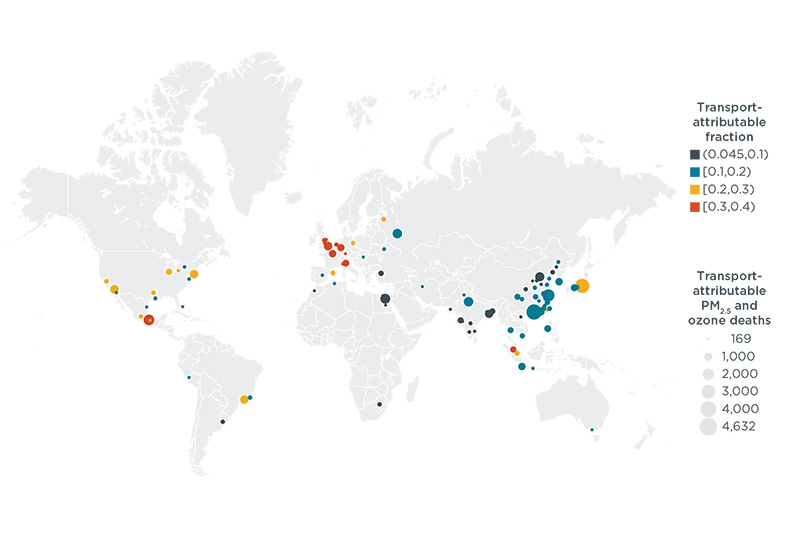
London has the second highest transportation linked health burden in Europe, according to The Real Urban Emissions (TRUE) Initiative partner, the International Council on Clean Transportation (ICCT).
The new report by ICCT has identified that among European Union member states, the United Kingdom had the second-highest transportation health burden behind Germany. Shockingly, it revealed that if London itself were an EU member state, it would have ranked tenth in transportation health burden in 2015, ahead of Hungary and Romania. On-road diesel vehicles contributed 46% of the transportation health burden in the city, and the high contribution of on-road diesel vehicles reflects both tailpipe PM2.5 and NOx emissions, the latter of which contribute to secondary PM2.5 (in the form of nitrate aerosols) and ozone.
The study provides a detailed picture of the health impacts attributable to emissions from four transportation subsectors: on-road diesel vehicles, on-road non-diesel vehicles, shipping, and non-road mobile sources such as agricultural and construction equipment. The study, by researchers from the International Council on Clean Transportation, George Washington University Milken Institute School of Public Health, and the University of Colorado Boulder, links state-of-the-art vehicle emissions, air pollution, and epidemiological models to estimate health impacts at the global, regional, national, and local levels in 2010 and 2015.
This research follows the findings of the TRUE Initiative which tested the real-world NOX, particulate and CO2 emissions from over 100,000 London vehicles, including taxis and buses. TRUE identified Euro 5 black cabs as disproportionate polluters in the city, while Euro 5 and 6 diesels passenger vehicles flouted standards by an average of three times on city streets.
Measurements of the real-world NOX, particulate and CO2 emissions from over 100,000 vehicles - including taxis and buses – have been taken from across London. It highlights the disproportionate impact of black cabs on London’s streets, and the serious breaches of emissions limits by all diesel vehicles’ respective standards.

